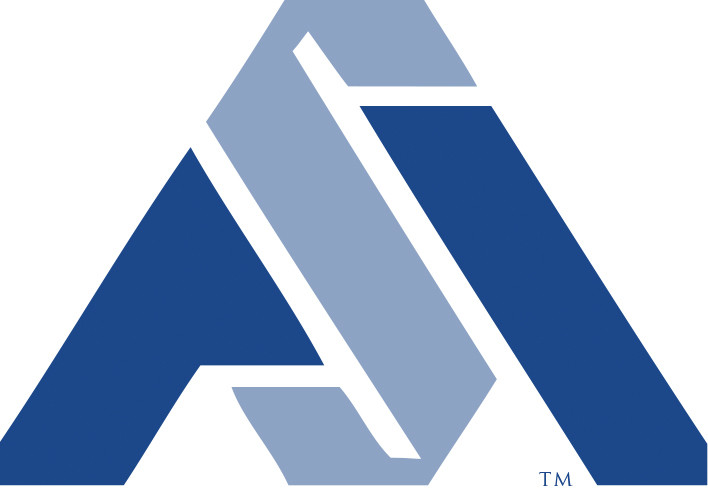American Subcontractors Association - National (ASA)

ASA Joins the CISC Congressional Letter on Heat Exposure
The House Education and Labor Committee recently held a hearing on legislation introduced to require OSHA to promulgate a heat exposure standard. The legislation, H.R. 3668 the “Asuncion Valdivia Heat Illness and Fatality Prevention Act of 2019”, as currently drafted raises concerns for the construction industry; thereby the members of Construction Industry Safety Coalition (CISC) including ASA sent a letter to the committee hearing’s record highlighting our significant concerns regarding H.R. 3668 including:
- H.R. 3668 Does not Account for the Complexity of Issues Associated with Heat Exposure.
- Determining what Constitutes “Excessive Heat” Depends upon Individual Risk Factors.
- Requiring OSHA to Establish a Standard that is No Less Protective than the Most Protective State Standard is Virtually Impossible to Implement.
- The Time Prescribed for OSHA to Issue a Final Standard is Insufficient to Ascertain Meaningful Input in this Complex Area.
The CISC was formed several years ago to provide comments on Occupational Safety and Health Administration (“OSHA”) regulatory initiatives from the wide-range of construction trades affected by OSHA standards. The CISC is comprised of 26 construction industry trade associations, all of whom signed-on to this letter. The CISC speaks for small, medium, and large contractors; general contractors; subcontractors; union contractors; etc. The CISC has submitted comments on a variety of OSHA rulemaking initiatives.
Per the letter, “the CISC and its member associations recognize the potential hazards of heat exposure and strongly believe that employers should take steps to ensure that employees are protected. Many CISC member associations have published guidance material to employers to inform them of the hazards of excess heat exposure and measures that can be implemented to protect employees. Many of these measures include common sense solutions. For example, construction employers frequently schedule work shifts to begin earlier in the morning so that the shift ends in the early afternoon, before the hottest part of the day.
Notwithstanding this, the CISC and the undersigned member associations have significant concerns with H.R. 3668, the “Asuncion Valdivia Heat Illness and Fatality Prevention Act of 2019”:
- First, issues of heat exposure and the means to address it on the variety of construction worksites across the country are extremely complex. H.R. 3668, which essentially dictates how and what should be included in an OSHA standard for heat exposure, does not account for the complexities of the issue.
- Second, how “excessive heat” is defined in the legislation depends upon personal characteristics that would make compliance with any OSHA standard difficult and potentially infringe upon the privacy interests of employees. Defining “excessive heat” as heat at “levels that exceed capacities of the body” is not a standard that can be objectively applied. It has the potential to create significant compliance difficulties as employers must make a judgement as to what constitutes “excessive heat” based upon an individualized assessment of the health condition of their workers.
- Third, requiring OSHA to publish a standard that provides “no less protection than the most protective heat prevention standard adopted by a State plan” is also problematic. A few states have implemented heat exposure standards and those states address the problem very differently. It would be almost impossible for OSHA to determine which state approach to heat exposure was more or less protective than another state’s approach.
- Fourth, the CISC is concerned that the time frames set forth in the legislation for OSHA to issue proposed and final rules would not provide sufficient time for the Agency to complete important rule-making steps. This includes convening a small business review panel under the Small Business Regulatory Enforcement and Fairness Act (“SBREFA”) and engaging in meaningful consultation with the Advisory Committee on Construction Safety and Health (“ACCSH”), the standing advisory committee created to advise the Agency on all construction proposed rules.”
Finally, H.R. 3668 seeks to direct OSHA to issue an occupational safety and health standard to protect workers from heat-related injuries and illnesses. The bill requires OSHA to introduce a proposed standard on the prevention of occupational exposure to excessive heat within 2 years from the date of enactment of the legislation. OSHA would then be required to issue a final standard within 42 months after the date of enactment. According to the bill, the final standard must provide no less protection than the most protective heat prevention standard adopted by an OSHA State-plan State.
